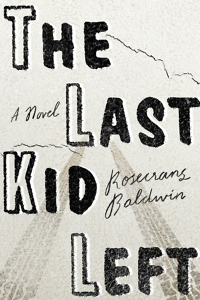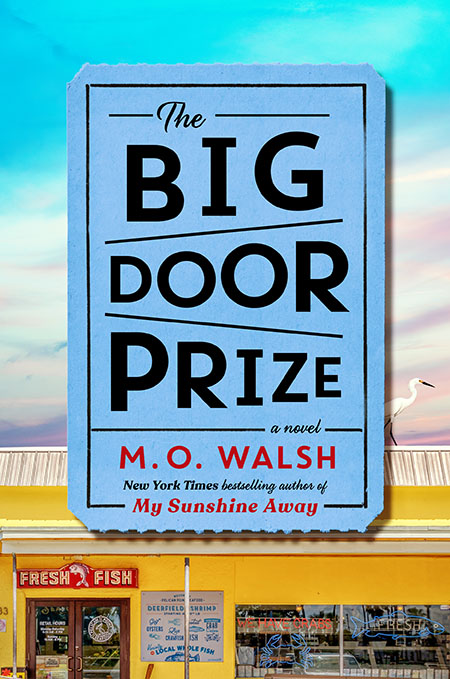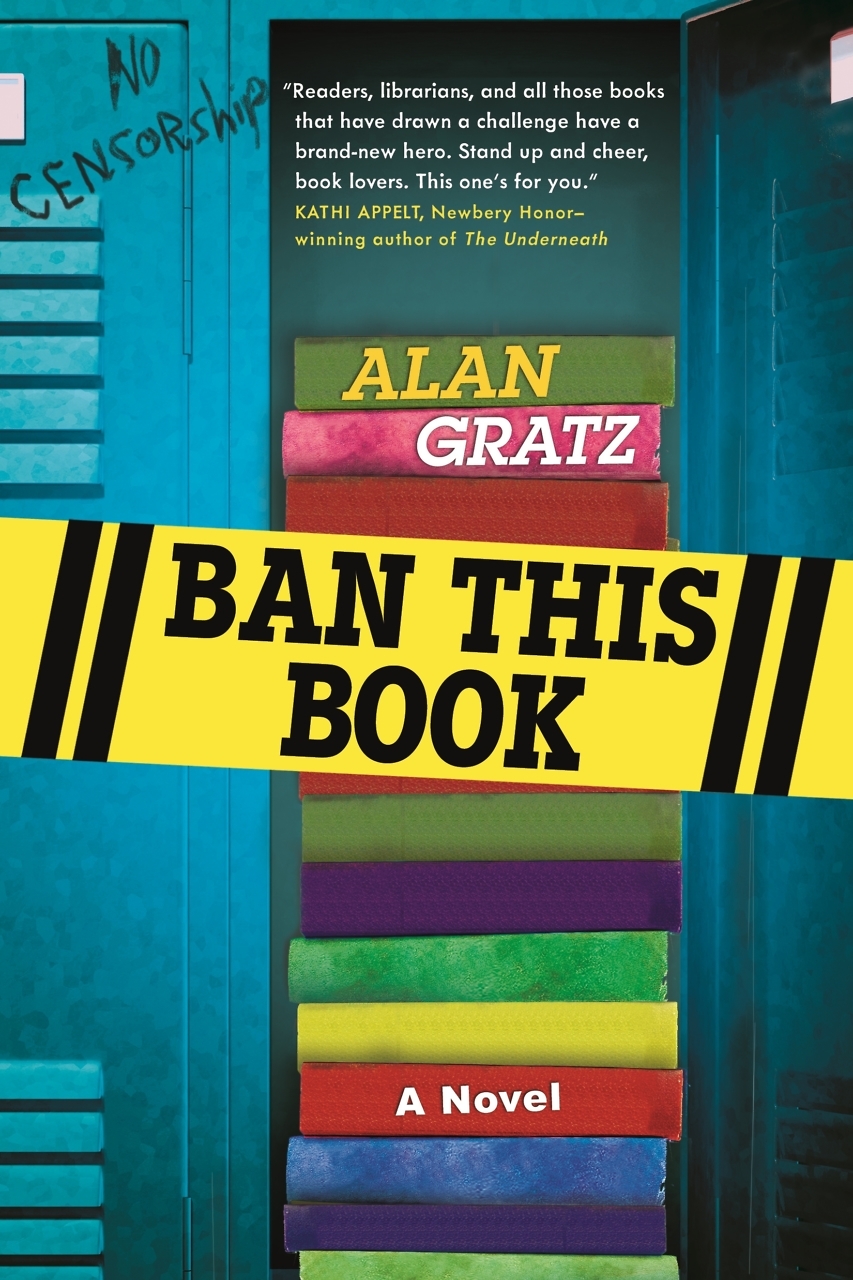The Things We Do for Love
Rosecrans Baldwin plumbs the depths of feeling in The Last Kid Left
The Last Kid Left, Rosecrans Baldwin’s second novel, opens with Nick Toussaint speeding down the Garden State Parkway. He’s holding the neck of a bottle of tequila in one hand and the steering wheel in the other when he leaves the pavement and flies through the air, straight into the boot of 100-foot-tall neon cowgirl. Martin Krug, the local police captain, a recovering alcoholic whose wife is cheating on him, is first on the scene. In the back of Nick’s black SUV, Krug finds two bodies, blood-soaked and mutilated.

From the hospital, Nick writes a confession, and a few days later stone-faced Sheriff Portis from Claymore, New Hampshire, “a beach town for motorcycle clubs,” arrives to pick up the suspect. The case seems like a slam dunk, but Martin doesn’t believe it: “Nick, look at you. You’re no weightlifter. You’re not even a wrestling fan. How does the doctor get into the trunk? How does his big body get into the back of your Explorer?” he asks. “
I want a lawyer,” Nick replies.
Two weeks later Krug retires, adrift in the wreckage of his marriage, and heads north to offer his services to Nick’s public defender. In that way he steps into the morass of ancient family histories that have culminated in a passionate love affair between Nick Toussaint and Emily Portis, the sheriff’s sixteen-year-old daughter.
Into this potent mix, Baldwin throws Leela Mann, a twenty-something Indian-American journalist just fired from the Village Voice. Leela has returned to her hometown of Claymore to lick her wounds and look for the Big Story that will reignite her career. When news breaks about the teenage lovers and the double murder, she sees her chance. Then Emily takes nude pictures to sext to Nick in jail, pictures that are swiped from her best friend’s computer and end up going viral. Claymore becomes ground zero in an international media feeding frenzy.
 In this story, loosely based on a 1930s crime, Baldwin mixes voices, point of views, historical accounts, lists, text messages, and drafts of Leela’s magazine story, complete with footnotes, in a dizzying rush straight to the end of the novel. He fleshes out his Roshomon-esque narrative with a huge cast of finely drawn secondary characters—from a stripper with a heart of gold to Nick’s alcoholic mother to Leela’s passive aggressive “friends” back in New York—mostly successfully.
In this story, loosely based on a 1930s crime, Baldwin mixes voices, point of views, historical accounts, lists, text messages, and drafts of Leela’s magazine story, complete with footnotes, in a dizzying rush straight to the end of the novel. He fleshes out his Roshomon-esque narrative with a huge cast of finely drawn secondary characters—from a stripper with a heart of gold to Nick’s alcoholic mother to Leela’s passive aggressive “friends” back in New York—mostly successfully.
The double-edged sword of sexuality is the novel’s running thread, an exploration of the fine line between innocence and exploitation, of the way ecstatic private acts become sordid when exposed and shamed. Baldwin even takes a stab at the moral ambiguity of female sexual empowerment when he has Meg, the stripper, guide Emily through the sexting media storm.
“The Last Kid Left is, oddly, a modern version of The Scarlet Letter, but one where every single character is broken and walks around all day with their guts hanging out,” writes Jason Sheehan for NPR. “It is a witch-hunt story for our age of witch-hunts. Guilty-until-proven-innocent-by-someone-else-just-being-MORE-guilty.”

Lyda Phillips is a veteran journalist who grew up in Memphis and has earned degrees from Northwestern, Columbia, and Vanderbilt universities. The author of two young-adult novels, she worked for United Press International before returning to Nashville.


